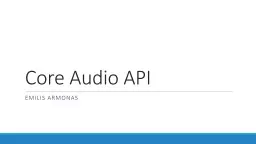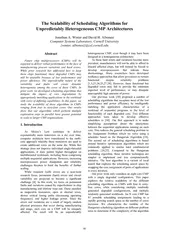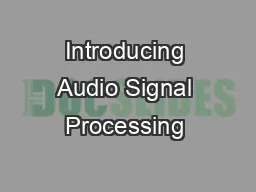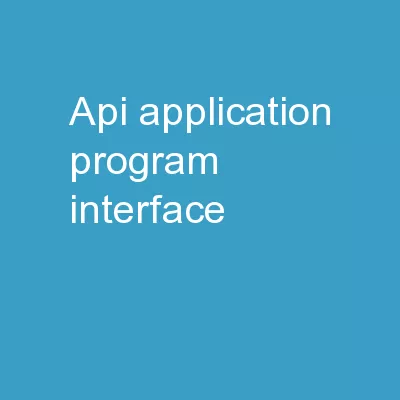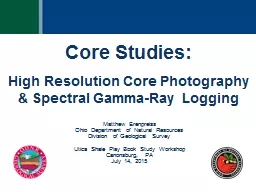PPT-Core Audio API
Author : luanne-stotts | Published Date : 2017-07-13
Emilis Armonas About These APIs were new in Windows Vista and are not available in earlier versions of Windows The core audio APIs provide the means for audio applications
Presentation Embed Code
Download Presentation
Download Presentation The PPT/PDF document "Core Audio API" is the property of its rightful owner. Permission is granted to download and print the materials on this website for personal, non-commercial use only, and to display it on your personal computer provided you do not modify the materials and that you retain all copyright notices contained in the materials. By downloading content from our website, you accept the terms of this agreement.
Core Audio API: Transcript
Download Rules Of Document
"Core Audio API"The content belongs to its owner. You may download and print it for personal use, without modification, and keep all copyright notices. By downloading, you agree to these terms.
Related Documents

